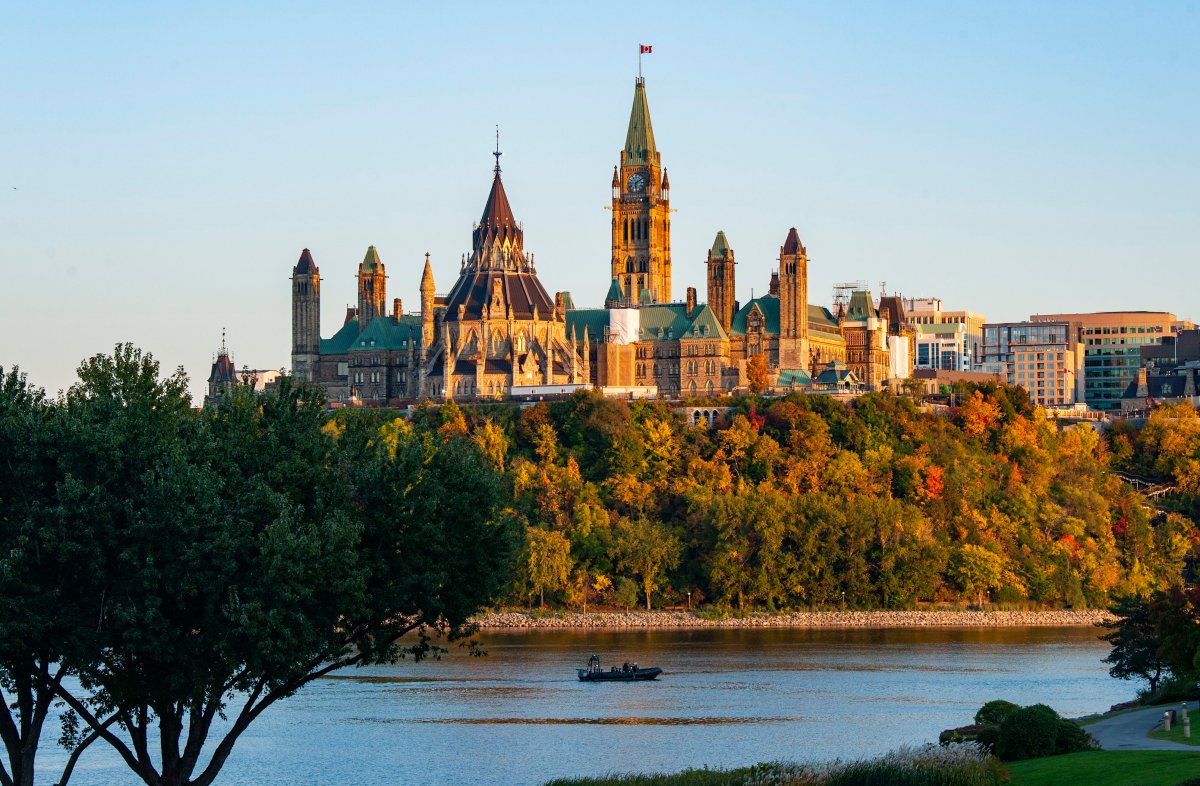A national land conservation non-profit wants Ottawa residents to let it know what nature spots in the national capital they think most need to be protected in the years ahead.

The Nature Conservancy of Canada is compiling a “top 10” list of local sites that are home to at-risk species and that are ecologically crucial to the city of Ottawa and beyond, as part of a cross-country speaking tour highlighting the importance of urban nature.

The organization has already singled out several “hot spots” from a conservation perspective — including the Mer Bleue Bog, the Carp Hills, Marlborough Forest and sites associated with the Ottawa River — but will develop the final list based on public input and recommendations.
Some of the sites the group has identified are already designated conservation areas and are being protected by the National Capital Commission or the City of Ottawa, the Nature Conservancy said. But the exercise could help the private, non-profit organization locate sites that aren’t.

Get daily National news
“Around Ottawa, it’s a natural area where we’re continuously looking for private property that we can either get donated or that we can purchase, as long as there’s a need for it from a conservation perspective,” said Jessica Panetta, national media relations manager for the Nature Conservancy.
In general, however, the organization hopes the process and conversation will heighten residents’ awareness about how Ottawa’s urban nature benefits the city and how their conservation can improve quality of life.
Trees help cool the city and remove air pollution, while wetlands help with flood control, Panetta said.
On top of that, more clinical evidence is showing urban nature spots can have a positive physical and mental impact on human health, Panetta added. Roughly 80 per cent of Canadians now live in and around cities, she said.
“It’s important to connect them to the nature within their city.”
Ottawa is distinct from other cities in Canada because it has the Greenbelt — more than 20,000 hectares of protected forests, farms and wetland — within the city limits, according to the Nature Conservancy.

One reason the organization has picked the Mer Bleue Bog, located in the Greenbelt in the city’s east end, for the top 10 list is because it’s been designated a wetland of international importance.
“In that area, there’s a wetland that’s home to a species called the spotted turtle and that turtle’s really actually more endangered than the giant panda,” Panetta said.
“It’s interesting that oftentimes people are more in tune with what’s endangered across the world, but there’s some species that are globally endangered in our own backyard.”
The Nature Conservancy has worked in more remote areas around Ottawa but says the top 10 exercise is a new initiative looking at conservation within the city of Ottawa proper.
Panetta said residents are encouraged to submit their suggestions on the Nature Conservancy’s Facebook and Twitter pages.
The non-profit it will reveal its top 10 list for Ottawa at its speaker series event in the city on Nov. 5, the second stop on its cross-country tour.
Information about the Nature Conservancy’s Ottawa event is available on its website.








Comments